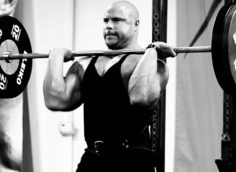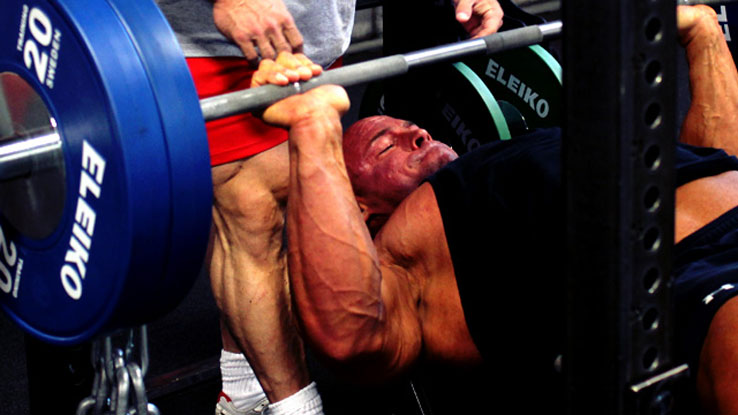The couch stretch is a hip opener. Here's what you need to know about it:
- It's commonly used for tight hip flexors.
- For those with desk jobs, it's essential. It should be a part of your training AND daily routine.
- It's very easy to feel a stretch when doing it, but not necessarily at the right point.
- Strong glutes are necessary for your squat and deadlift. But if you're missing hip extension, your drive will be limited. This helps that.
Always ask this. Will this new technique, drill, or exercise improve performance? If you don't know why you're doing a stretch, you won't really see the value in it, and over time you'll probably stop doing it.
To me, the couch stretch is a "hip opener" but it's not just a stretch for tight hips. Think about it this way: If you can increase your capacity to open your hips you'll be able to access the full potential of your glutes. That little bit of extra drive could be the difference in you locking out a one rep max deadlift or getting a no-lift.
On first glance, the couch stretch looks pretty simple – put your knee up against a wall or foot on a bench and lift your torso up. Most people will generally feel a major pull down the front of the leg, but again, is it doing what you want it to do? You might be stretching a bit of your quad, and yeah it'll hurt, but that doesn't mean it's correct.
- Put one foot on a bench or wall, knee on the floor. Bring the other leg up to support you in front in a lunge position.
- Drop the back elevated leg's hip down towards the floor. Squeeze your glutes and brace your abs.
- Posture up slowly, ensuring that you maintain the opened hip position.
- Reach to the ceiling with the hand of the side that you're stretching. Maintain and breathe for at least 30-45 seconds each side.
After doing the couch stretch it's important to do something with good hip extension to maintain that new opened position. A few sets of kettlebell swings and glute bridges will definitely hit the spot.
The couch stretch is also a good one to do if you have lower back pain. A slight pelvic tilt can compress the lumbar spine and cause you to have to rest for extended periods of time. Keeping on top of this will keep you training pain free.



